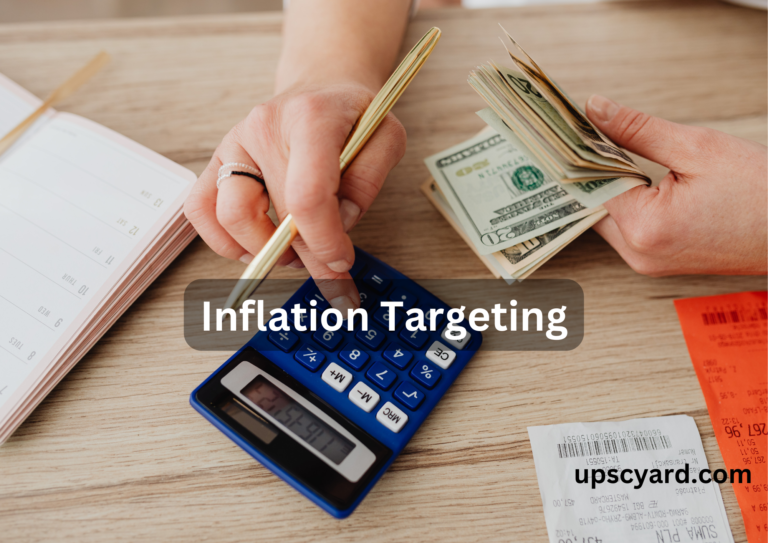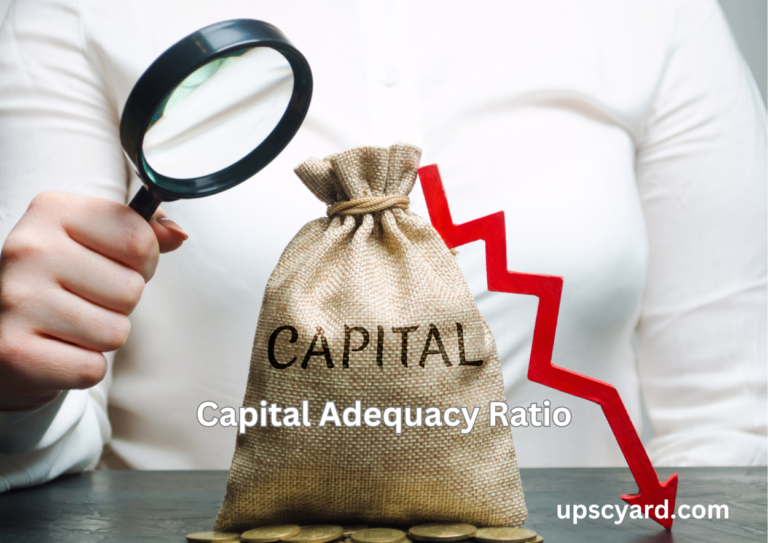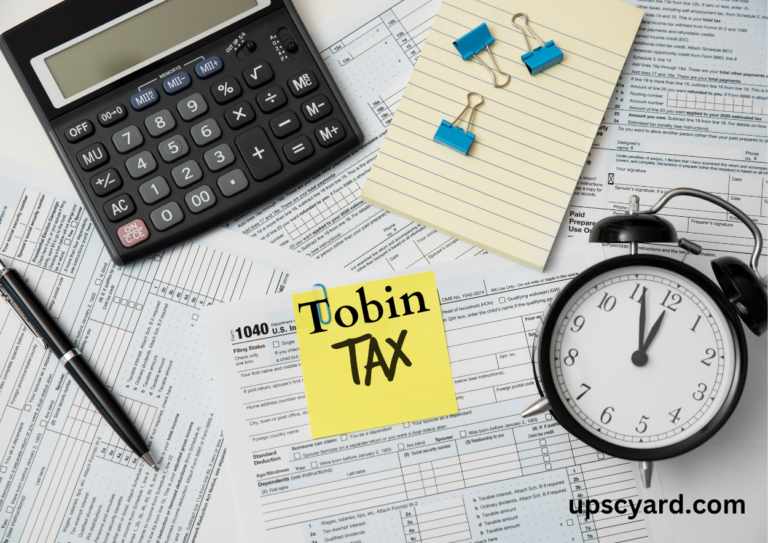Purchasing Power Parity (PPP) serves as a method to gauge the relative purchasing power of various currencies. It involves comparing the prices of a standard basket of goods and services in different countries.
PPP finds its utility in assessing and comparing the standard of living between nations and adjusting economic data to account for price-level disparities. In macroeconomics, Purchasing Power Parity – PPP is a widely used metric for analysing and comparing countries’ economic productivity and living standards.

A Brief Explanation
Imagine a smartphone costs $500 in the United States and 500 euros in Germany. At first glance, it seems equal, right? However, when you apply Purchasing Power Parity – PPP, it might reveal that $500 buys you more in the U.S. than 500 euros in Germany, making the U.S. offer a better deal despite the apparent price parity.
Purchasing Power Parity – PPP is like our currency translator, telling us how strong or weak a currency is in buying stuff. It’s super handy because it helps us compare the living standards between countries. So, when we say a country has a high PPP, it means the people there can afford more with their money.
But why is PPP so cool? Well, it’s not just about comparing prices. It’s also a tool used by economists to make economic data fair and square. By adjusting for differences in price levels, we can see the real economic productivity and living standards in different parts of the world.
So, remember, Purchasing Power Parity isn’t just a mouthful of economic jargon; it’s a helpful way to understand how money works across the globe and how it affects our lives.
Importance of Purchasing Power Parity
- Comparing Living Standards: Purchasing Power Parity enables accurate living standards comparisons between countries, aiding international decision-making for individuals and businesses.
- Exchange Rate Assessment: It helps evaluate currency overvaluation or undervaluation, influencing trade balances and economic stability.
- Inflation Adjustment: PPP adjusts economic data for inflation differences, ensuring fair economic assessments.
- Informed Investments: Businesses rely on Purchasing Power Parity to assess costs and profitability in foreign markets.
- Effective Policy: Governments use PPP data to shape exchange rates, inflation targets, and social policies.
- Global Economic Insights: Economists use PPP for cross-country economic comparisons and trend analysis.
- Trade Competitiveness: Purchasing Power Parity influences trade competitiveness, impacting trade policies and negotiations.
- Currency Valuation: Investors consider Purchasing Power Parity when making currency investment decisions.
- Diversified Investments: Investors use Purchasing Power Parity to assess global investment attractiveness.
- Economic Stability: PPP promotes balanced trade, reduces exchange rate volatility, and fosters international cooperation, contributing to long-term economic stability.

Purchasing Power Parity and Indian Economy – 2017 (A Comparison )
The World Bank has recently unveiled the latest Purchasing Power Parities (PPPs) for the reference year 2017 as part of the International Comparison Program (ICP). These PPPs are crucial for adjusting economic data to account for cost-of-living variations across different countries. In the 2017 ICP cycle, a total of 176 economies worldwide participated.
The International Comparison Program (ICP) is a massive global data collection effort endorsed by the UN Statistical Commission. Its primary aim is to generate Purchasing Power Parities (PPPs) that enable meaningful comparisons of economic activities between nations. Alongside PPPs, the ICP also compiles Price Level Indices (PLI) and other regionally comparable GDP expenditure aggregates.
India has actively participated in nearly all ICP rounds since its inception in 1970. The Ministry of Statistics and Programme Implementation serves as India’s National Implementing Agency (NIA), overseeing the planning, coordination, and execution of national ICP activities. Additionally, India has proudly co-chaired the ICP Governing Board, partnering with Statistics Austria during the ICP 2017 cycle.
Global Snapshot:
- In 2017, the Purchasing Power Parities (PPPs) for the Indian Rupee against the US Dollar at the Gross Domestic Product (GDP) level increased to 20.65 from 15.55 in 2011. During the same period, the exchange rate of the US Dollar to the Indian Rupee rose to 65.12 from 46.67. The Price Level Index (PLI), a measure comparing price levels across economies for India, stood at 47.55 in 2017, up from 42.99 in 2011.
- Globally, India maintained its position as the third-largest economy in 2017, contributing 6.7 per cent (approximately $8,051 billion out of a global total of $119,547 billion) of the world’s Gross Domestic Product (GDP) when assessed using PPPs. China and the United States claimed the top two spots, with 16.4% and 16.3%, respectively. India also ranked third regarding PPP-based shares in global Actual Individual Consumption and Global Gross Capital Formation.
Regional Outlook – Asia-Pacific Region:
- In 2017, India continued to be the second-largest economy in the Asia-Pacific region, accounting for 20.83% (HK$ 48,395 billion out of a regional total of HK$ 232,344 billion) of the Regional Gross Domestic Product (GDP) based on PPPs. China led the region with 50.76%, and Indonesia followed at 7.49%. India also secured the second spot in PPP-based shares in regional Actual Individual Consumption and regional Gross Capital Formation.
- Among the 22 economies in the Asia-Pacific region that participated in the ICP, India’s PPP for the Indian Rupee per Hong Kong Dollar (HK$) at the GDP level increased to 3.43 in 2017 from 2.97 in 2011. The exchange rate of the Hong Kong Dollar to the Indian Rupee also rose to 8.36 from 6.00 during the same period. India’s Price Level Index (PLI) stood at 64.00 in 2017, compared to 71.00 in 2011.
The ICP 2017 results are accessible through the ICP website, the World Bank’s Databank, and Data Catalogue. Furthermore, revised outcomes for 2011, the previous ICP reference year, have been released, along with estimates of annual PPPs for the period 2012-2016. The subsequent ICP comparison is scheduled for the reference year 2021.
How to calculate Purchasing Power Parity
Calculating Purchasing Power Parity (PPP) involves comparing the relative value of currencies by assessing the cost of a standard basket of goods and services in different countries. To calculate Purchasing Power Parity – PPP, follow these steps:
- Select the Basket of Goods and Services: Determine the items to include in your basket of goods and services. This basket should represent everyday consumer items, such as food, clothing, housing, transportation, and other essentials. The goal is to create a typical consumer spending pattern.
- Gather Price Data: Collect price data for each item in your basket for the countries you are comparing. These prices should be in the local currency of each country.
- Convert Prices to a Common Currency: To make a meaningful comparison, convert all the collected prices to a common currency, typically the US Dollar (USD). You can use official exchange rates for this step.
- Calculate Price Indices: Calculate the price indices for each item in the basket in each country. The price index is the ratio of the local price of the item to the price of the same item in the base country (usually the United States).
- Price Index (Country A) = Price of Item (Country A) / Price of Item (Base Country, e.g., USA)
- Calculate PPP: To find the PPP exchange rate for a specific country, take the geometric mean of each country’s individual price indices. The formula for PPP is as follows:
- PPP (Country A) = √(Price Index1 x Price Index2 x … x Price IndexN)
- Where N is the number of items in the basket.
- Repeat for Each Country: Perform the same calculations for each country you want to compare against the base country (e.g., the United States). This will give you the PPP exchange rates for all the countries.
- Interpretation: A PPP exchange rate of 1 means that the local currency has the same purchasing power as the base currency (e.g., 1 USD). If the PPP is higher than 1, it indicates that the local currency is more robust (can buy more) than the base currency, and if it’s lower than 1, it suggests the local currency is weaker (buys less) than the base currency.
Remember that calculating PPP involves a substantial amount of data collection and analysis. For practical purposes, many researchers and organizations rely on established datasets and tools provided by institutions like the World Bank or the International Monetary Fund (IMF) to obtain PPP values.
M.C.Q
Q1. The Multi-dimensional Poverty Index developed by Oxford Poverty and Human Development Initiative with UNDP support covers which of the following? (2012)
1)Deprivation of education, health, assets and services at household level
2)Purchasing power parity at national level
3)Extent of budget deficit and GDP growth rate at national level
A. 1only
B. 2 & 3 only
C. 1 & 3 only
D. 1,2,3
Q2. Consider the following statements:
1. Purchasing Power Parity (PPP) exchange rates are calculated by comparing the prices of the same basket of goods and services in different countries.
2. In terms of PPP dollars, India is the sixth largest economy in the world.
Which of the statement given above is/are correct?
1only
2 only
Both 1 & 2 only
Neither 1 & 2
Q3.Which of the following is the basis on which IMF ranks the nations of the world at Purchasing Power Parity?
a) Net Domestic Product
b) Net National Product
c) Gross Domestic Product
d) Gross National Product
A
B
C
D




